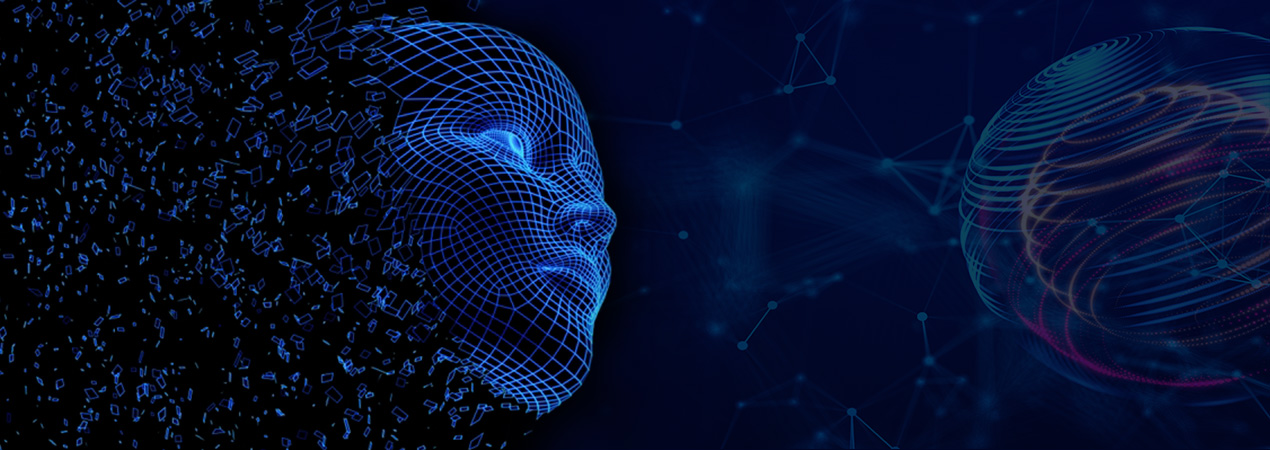As AI transforms threat detection and response, securing the data that powers it is critical.
The Skinny
- Faulty AI Can Lead to Wrongful Outcomes—Robert Williams’s wrongful arrest due to faulty facial recognition highlights the dangers of unverified AI data, raising critical concerns for security and law enforcement professionals.
- Zero Trust (ZT) Is Essential for AI Security – AI systems in security applications must operate on authenticated and verified data to prevent compromised decision-making, financial loss, and mission failure.
- The Convergence of AI, ZT, and Digital Twins—When combined with ZT principles, emerging technologies like Digital Twins offer enhanced threat detection, system optimization, and resilience in security environments.
- Bad Data in AI Equals Bad Outcomes – AI’s effectiveness hinges on data integrity; untrusted data leads to systemic failures, legal risks, and reputational damage, reinforcing the need for ZT adoption.
Prologue: A critical component of next-generation security is the adoption of Zero Trust Architecture (ZTA) for physical security equipment (PSE) and Operational Technology (OT) environments. As AI capabilities grow exponentially, ZTA greatly enhances and optimizes AI effectiveness; without ZT data, the risks are undoubtedly high. This is the second of our four-part editorial series.:
In January 2020, the Detroit Police Department wrongfully arrested Robert Williams based on a faulty facial recognition identification, accusing him of theft and ultimately resulting in a settlement. Though public details are scant, the lingering question for security, intelligence, and law enforcement professionals might be: Was the data contained in the algorithm authenticated and verified? In today’s rapidly evolving digital landscape, artificial intelligence (AI) plays an increasingly vital role across all the domains that use technology to protect communities, businesses, and the homeland. From predicting cyberattacks to identifying potential physical threats, AI-driven systems reshape how organizations protect their assets and people.
Yet, alongside this promise comes a peril: the very data that powers these AI systems can become a vulnerability if not adequately trusted—meaning authenticated and verified—resulting in monetary loss, reputational damage, jeopardizing the safety of responding teams, risking mission failure, or worse.
In December 2024, Security Technology Executive magazine SecurityInfoWatch (SIW) partnered with Industry SMEs to launch a four-part series on Zero Trust and Zero Trust Architecture (ZTA), a term the National Institute of Standards and Technology describes as “an enterprise cybersecurity architecture that is based on zero trust principles and designed to prevent data breaches and limit internal lateral movement.”
The first SIW article, titled “Strategies Emerging to Fill in the Physical Security Gaps with Zero Trust” provides a foundational understanding of the evolution of ZT, and highlights the need to redefine the “edge” for ZTA, even going so far as showcasing how some companies are leveraging technology to extend ZT to sensors, readers and beyond the camera lens to the scene itself. In this article, we explore the growing criticality of ZT data in AI systems and why ZT data is indispensable for enhancing security in an increasingly threat-laden world. The third article in the series will focus on the employment of Digital Twins and the use of ZTA and AI—the why and the how.
Artificial Intelligence without Zero Trust Data Is Ill-Fated
Artificial Intelligence has rapidly transformed numerous sectors, from healthcare and finance to education and transportation. Also at the forefront of this transformation is the security industry, replete with electronic security systems hosting state-of-the-art cyber security initiatives and physical security peripherals (sensors/readers/cameras), with vast amounts of data contained within the system and in data lakes, data warehouses and even process controls which feed Operational Technology (OT). As AI continues to evolve, the reliance on this data becomes increasingly critical, and the adage rings true: Bad/Untrusted Data In = Bad/Untrusted Data Out. If trusted data is considered, well, utopia, then untrusted data should be regarded as fait accompli, and the resultant question is straightforward: “why would anyone run AI on data that is not Zero Trusted?”
The authors predict by 2030, ZT principles combined with AI and Machine Learning (ML), a core component of AI, will become the default standard for electronic security and video surveillance systems worldwide, enabling a new era of proactive and self-healing defense mechanisms. AI systems thrive on data and are trained on vast datasets to recognize patterns, make predictions, and generate insights. In the rapidly evolving domain of electronic security systems, the integration of AI and ML has unlocked unprecedented capabilities. From advanced video analytics and biometric authentication to predictive threat detection, AI and ML are redefining how security systems operate. However, the effectiveness and reliability of these technologies are predicated on the quality, security and actual reliability of the data which fuels them. To that end, ZT principles emerge as a cornerstone for safeguarding AI and ML in electronic security system environments.
Learn MoreCredits By: www.securityinfowatch.com





